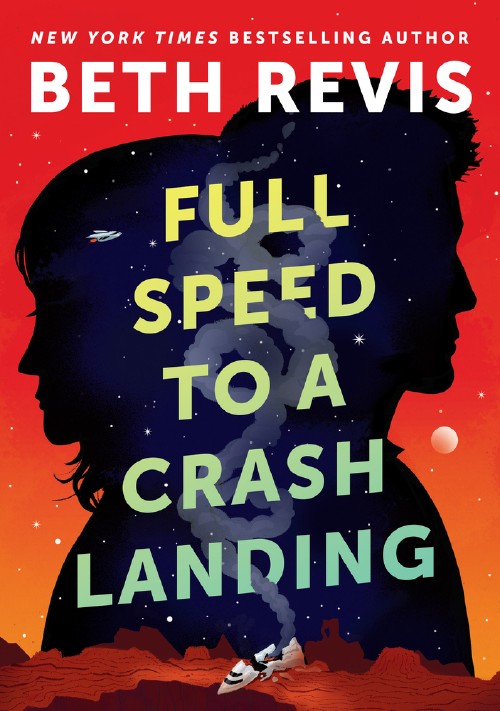You should read Design for Real Life. The book is published by A Book Apart, a company that publishes “Brief books for people who make websites” but it doesn’t matter if you make websites. If you make anything, be it houses, or food, or musicals, or apps, or websites, you’ll find something to think about inside Design for Real Life.
The authors, Eric Meyer & Sara Wachter-Boettcher, deftly help us expand our imagination and challenge us to explore how well-intended design decisions and/or uncritical assumptions in design can have awful consequences. They are clearly focused on helping us remember that we are designing for humans and the human experience is quite often far from ideal.
I enjoyed Design for Real Life because the authors recognize that “not hurting people” is a reasonable enough goal that most people would say they agree with. The problem is how to achieve that. What should be done to avoid on a day-to-day or sprint-to-sprint basis? How can we move from an abstract “good idea” to reliable, replicable processes that help us avoid the awful consequences?
To that end, Meyer and Wachter-Boettcher explore practical things we can do in our work to guard against the product-failings they’ve found in their research and experience. My favorite of these was a simple reframing of a concept many in the tech industry will be familiar with: “edge cases”. If most of the types of usage of your product fall along a bell-curve, edge cases are the usages that are on either end of the bell-curve. In other words, edge cases are usages we can write off as unlikely or abnormal.
But Meyer and Wachter-Boettcher take a strategy from Universal Design and help us reframe these edge cases as “Stress Cases”. This simple reframing helps to pull in the emotional aspects of these usages and also invites us to explore them not as abnormal but rather as defining use cases. Well, perhaps that last part was my interpretation and not a thing explicitly stated by the authors, so let me step back. Universal Design has a core assumption that I love: if you design for users at the extremes, the middle (or average) users will be covered. Similarly, Meyer and Wachter-Boettcher argue that by understanding and exploring potential Stress Cases for your product you will design something that works better for everyone.
I love this idea. If you too love this idea, you’ll find lots of strategies worth implementing in your processes inside Design for Real Life. If this idea strikes you as too idealistic or unconvincing, you should still read Design for Real Life. The authors present clear arguments to bolster their case, some drawn from the largest tech companies around right now. After you read it, hopefully you too will be persuaded that designing for the complexities of human experience doesn’t require us to always get better by making mistakes. Maybe by listening to the authors, we can expand our imaginations, improve our research, and build products that work better for everyone. Of course, you’ll also find strategies in the book for recovering when you inevitably do make mistakes.



